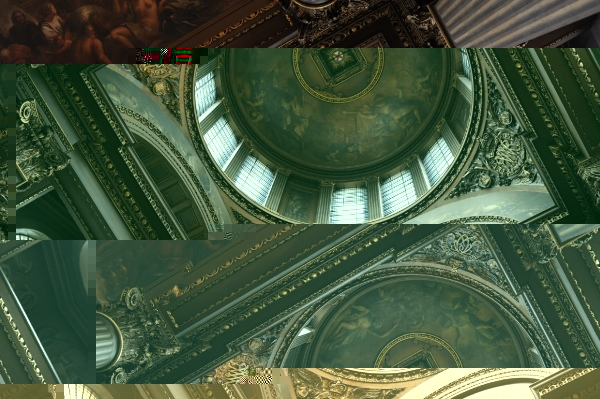Great photos are made with critical judgment, not just at the moment when the shutter is released.
 We should consider the viewfinder of our cameras as the preview window before the shot is taken. By this I mean thinking ahead and creatively framing your composition bearing in mind these simple rules.
We should consider the viewfinder of our cameras as the preview window before the shot is taken. By this I mean thinking ahead and creatively framing your composition bearing in mind these simple rules.
Fill the frame
Portraits are usually the one genre that suffers from the worry of too much cropping. A tall person doesn’t easily fit into an 8×10 print, so rather than attempt to get the whole person in the frame, zoom in and capture the most important feature- the face. Open up the aperture to bring the subject more into focus and blur busy backgrounds. With that in mind, try not to frame subjects too close to the edge as the LCD preview or the view finder don’t necessarily display the end result in its entirety.
Balance and weight
Composition of a photograph relies on the attention to shape, colour, size and position. One thing that is vital to a good composition is NOT to achieve all four of these elements at the same time. Otherwise the image is cluttered and lacks a clear message. Think of these elements as effects to pull the viewer’s eye in a particular direction, this could be described as ‘visual weight’.
Perspective control
We take most of our photographs from the same viewpoint, a standing position. Changing to a new position will inevitably change the viewpoint and greatly influence the shape of an object and its relationship to its viewer. By getting down to a low level, there is more chance that the result gives an ordinary object a sense of surrealism. Ground level can add drama, while a high vantage point can make subjects small and impersonal. Investing in several lenses can enhance perspective control such as a wide angle or telephoto lens. Using software in post-production can correct perspective errors that easily occur with architecture using the Transform Tool.
Learn more on our Photography Tuition Workshop designed to give you a technical and aesthetic know on how to improve your photography on a professional level. Details can be found online: www.fergusnoone.com

 Landscape mode
Landscape mode Night/Portrait mode
Night/Portrait mode Sport
Sport